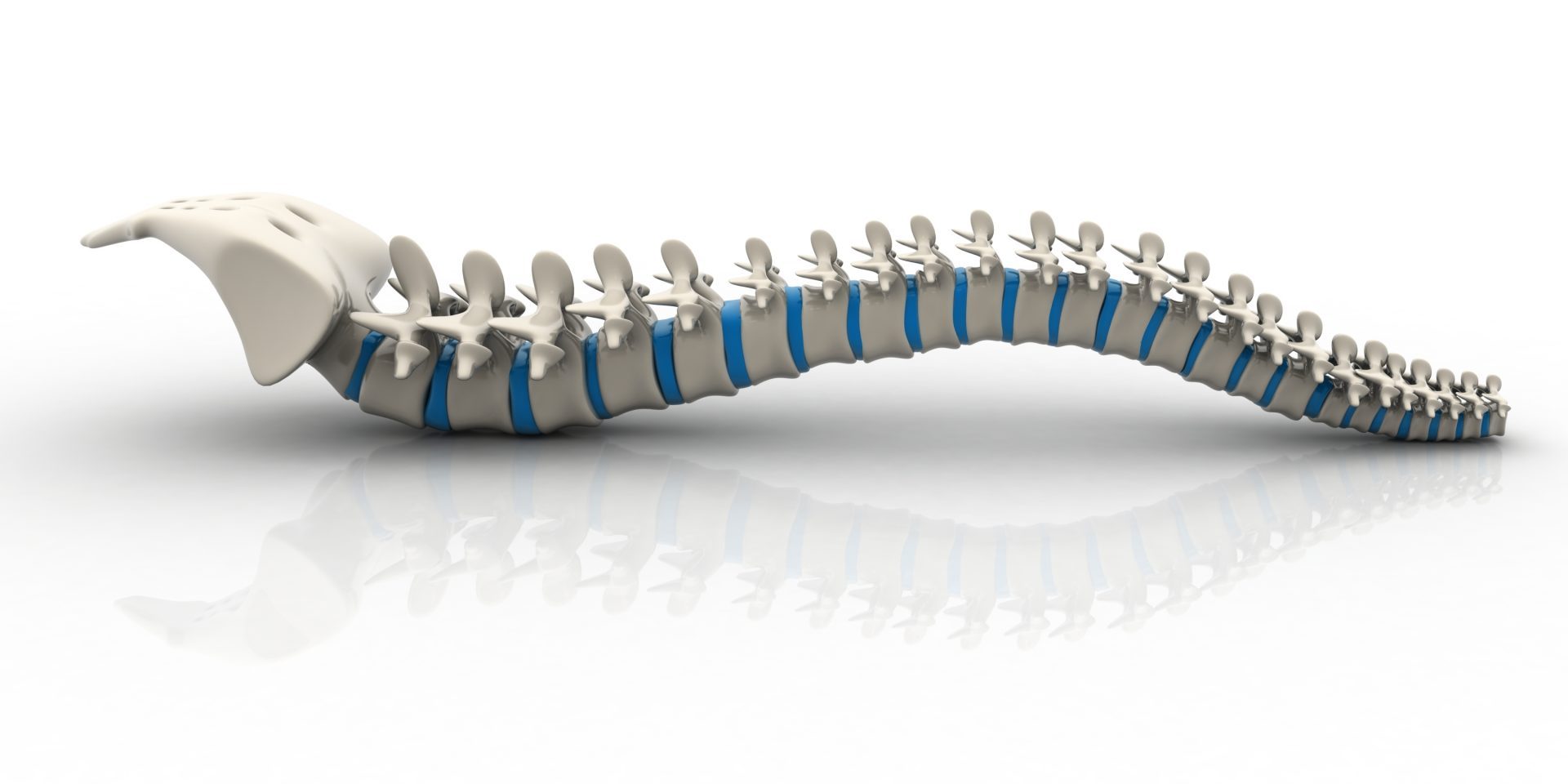“How could I not have noticed her back was like this before?” a parent asks, “What could I have done?”
Almost every parent of a child who is diagnosed with scoliosis utters similar words. It’s a common scenario – a parent unfamiliar with what scoliosis is, how to notice the warning signs in their children, or what to do about it if they do notice something. The fact is, scoliosis is not on people’s radars until it’s too late.
This June has been officially designated as International Scoliosis Awareness Month. It’s a month focussed on uniting scoliosis patients, families, physicians, health professionals and institutions to promote public awareness, education, and advocacy of scoliosis. This year, the Scoliosis Research Society (SRS) has highlighted the importance of early scoliosis detection and the effectiveness of bracing as early, non-surgical care.
Latest scoliosis research shows:
- The prevalence in the at-risk population (children 10 to 15 years of age) is estimated at 2 to 3% [1]
- The prevalence of scoliosis increases rapidly from 11 to 14 years of age [2]
- High rates of scoliosis are observed amongst dancers and gymnasts. Research has shown adolescent dancers are at significantly higher risk of developing scoliosis than non-dancers of the same age [3]
- Early detection delivers more favourable prognoses [4]
- That spinal pain is in fact a prevalent condition in AIS patients, further supporting the need for early detection and screening to minimise potential pain and suffering [5]
- Specialised scoliosis bracing when prescribed for high-risk patients, can prevent the need for surgery in most cases [6]
Scoliosis may be going undetected in children and adolescents in your local area, some of which you may already know. The time to screen our children and adolescents in the at risk age groups, is now.
As a chiropractor, you are well placed to recognise the early indicators of a possible scoliosis and you can also help parents by telling them to be aware of:
- Uneven shoulders
- One more prominent shoulder blade
- Uneven waist line
- A noticeable curve in the spine
- A family history of scoliosis
During the month of June, in partnership with health professionals from all over the globe, ScoliCare aims to reach the goal of screening 1000 backs. We will offer free screenings each week at our own clinics, work with trained health professionals in the community conducting their own screenings, and invite health professionals across all disciplines to take advantage of our free confidential review service for any patients they may have concerns about.
It’s time to spread the word. Let’s let June set the stage for the year ahead, and make early scoliosis detection a focus for all. And if you’re interested in helping us reach our target this year, please go to www.scolicare.com.au/ourgoals
References
[1] Gutknecht S, Lonstein J & Novacheck T 2009, ‘Adolescent Idiopathic Scoliosis: Screening, Treatment and Referral’, A Pediatric Perspective, vol. 18, no. 4, pp. 1-6.
[2] Sabirin J, Bakri R, Buang SN, Abdullah AT & Shapie A 2010, ‘School Scoliosis Screening Programme – A Systematic Review’, Medical Journal of Malaysia, December issue, vol. 65, no. 4, pp. 261-7.
[3] Longworth B., Fary R., Hopper D, ‘Prevalence and predictors of adolescent idiopathic scoliosis in adolescent ballet dancers’ – Arch Phys Med Rehabil. 2014 Sep;95(9):1725-30. doi: 10.1016/j.apmr.2014.02.027. Epub 2014 Mar 21.
[4] Fong DY, Cheung KM, Wong YW, Wan YY, Lee CF, Lam TP, Cheng JC, Ng BK, Luk KD, ‘A population-based cohort study of 394,401 children followed for 10 years exhibits sustained effectiveness of scoliosis screening’, Spine J. 2015 May 1;15(5):825-33. doi: 10.1016/j.spinee.2015.01.019. Epub 2015 Jan 20.
[5] Theroux Jean, Le May Sylvie, Labelle Hubert [University of Montreal, Quebec, Canada; Murdoch University, Perth, WA, Australia], ‘Back Pain and Adolescent Idiopathic Scoliosis: A Descriptive, Correlation Study’, Spine Society of Australia 27th Annual Scientific Meeting (8-10 April 2016)
[6] Stuart L. Weinstein, Lori A. Dolan, James G. Wright, and Matthew B. Dobbs, ‘Effects of Bracing in Adolescents with Idiopathic Scoliosis’, N Engl J Med 2013; 369:1512-1521October 17, 2013DOI: 10.1056/NEJMoa1307337









